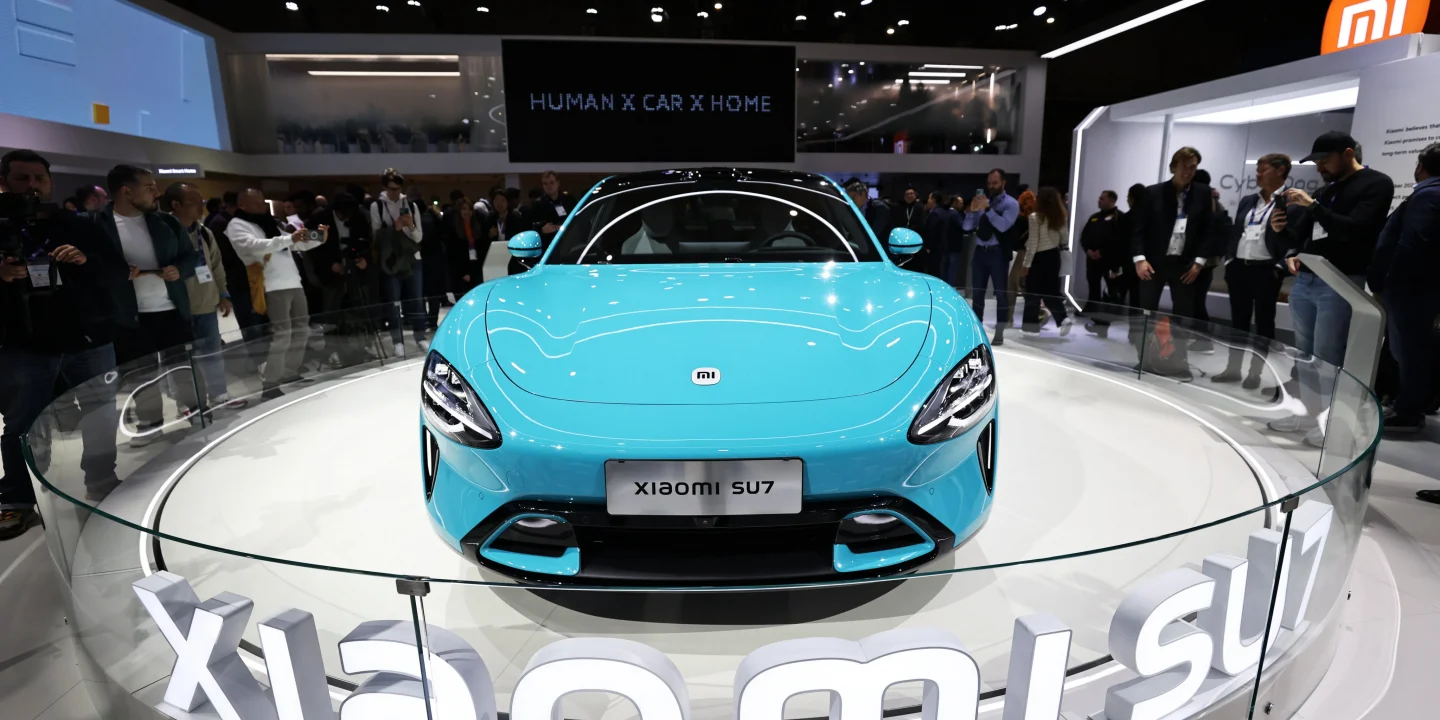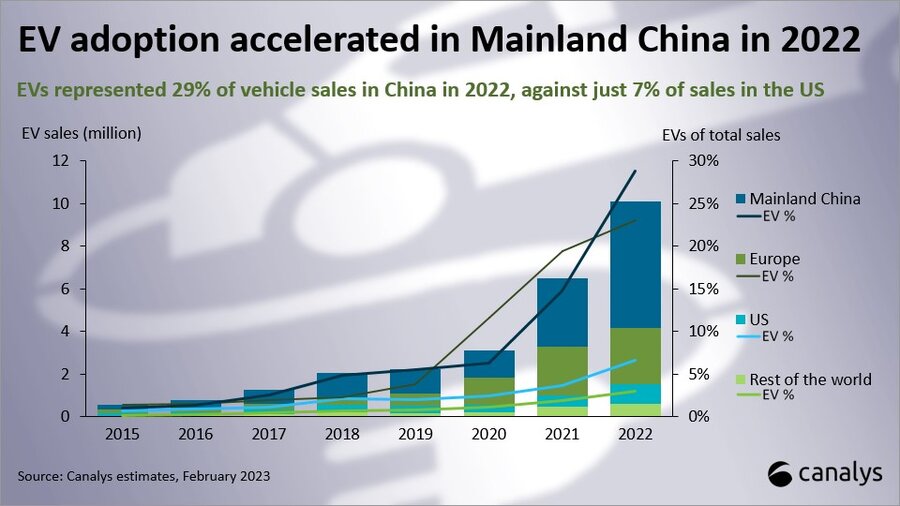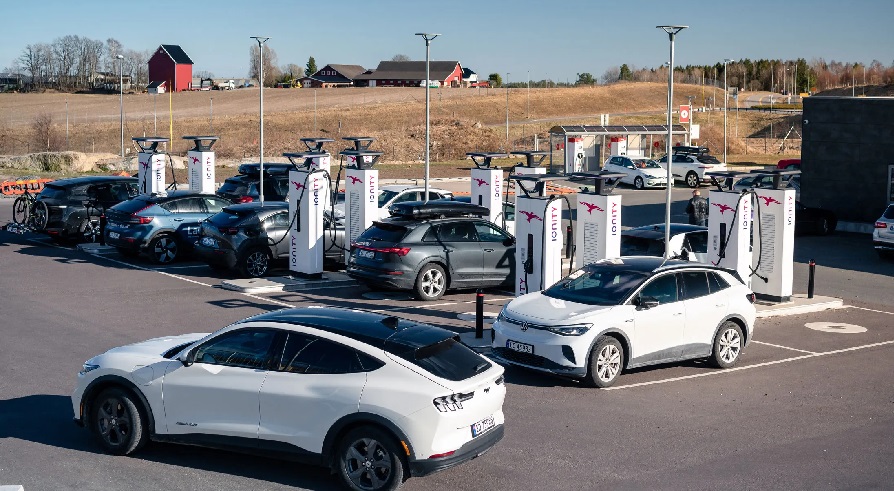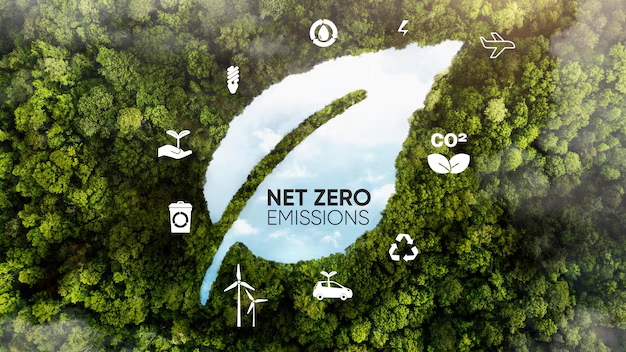
In the past month, the global electric vehicle (EV) market saw a surge, with 1.2 million EVs sold from China. This trend highlights the growing shift from traditional internal combustion engine (ICE) vehicles to electric vehicles. Here’s the comparison between traditional vehicles and EVs, with insights into countries and cities from traditional ones.
Comparison Between Traditional Vehicles and EVs
Sales Growth
In 2022, China sold approximately 6.8 million EVs, making it the largest market for electric vehicles globally. In contrast, traditional vehicle sales have been declining. With projections indicating a drop of over 10% in traditional car sales in China for the upcoming year.

Government Support
The Chinese government has played a crucial role in promoting EV adoption through generous subsidies, tax breaks, and procurement contracts. This support has led to the emergence of numerous domestic EV brands and an increase in consumer demand for electric vehicles.

Environmental Impact
EVs are a solution to several environmental issues, including severe air pollution and reliance on imported oil. The transition to electric vehicles is part of a broader strategy to reduce carbon emissions and combat climate change.
Technological Advancements
The EV industry has benefited from rapid technological advancements, particularly in battery technology. Chinese companies have pioneered lithium iron phosphate (LFP) batteries, which are safer and more cost-effective compared to traditional battery technologies.
Countries and Cities Moving Away from Traditional Vehicles
Several countries and cities are actively planning to phase out traditional vehicles in favor of electric alternatives. Norway has set ambitious targets to ban the sale of new petrol and diesel cars by 2025. They are aiming for all new cars sold to be zero-emission vehicles.

Besides, the UK government has announced plans to ban the sale of new petrol and diesel cars by 2030, to transition to electric vehicles to meet climate targets. France is also moving towards banning traditional vehicles, with plans to prohibit the sale of petrol and diesel cars by 2040. Many cities are implementing low-emission zones and considering bans on traditional vehicles in urban areas to improve air quality and promote the use of electric vehicles.
Conclusion
The shift from traditional vehicles to electric vehicles is gaining momentum, particularly in countries like China, where government support and technological advancements are driving sales. As more countries and cities announce plans to phase out traditional vehicles, the landscape of the automotive industry is for a transformation.
Read more on Lifetips.blog














